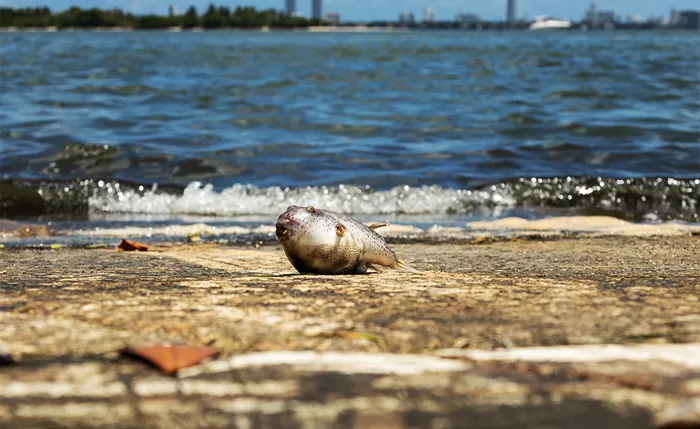Scientists in South Florida are testing an innovative way to clean up pollution in Biscayne Bay using floating flower islands. This new method harnesses the natural power of plants to remove harmful nutrients from the water, helping to restore the bay’s health.
Jazmin Locke-Rodriguez, a researcher at Florida International University, has been working on this project for five years. She explained that nutrient pollution—mainly phosphorus and nitrogen—comes from sources like sewage leaks, fertilizers, pet waste, and stormwater runoff. These nutrients flow into canals and eventually into Biscayne Bay, causing algae blooms and fish kills that damage the ecosystem.
The solution, called Phytoflora, involves placing floating rafts covered with flowers in polluted canals. These rafts mimic wetlands, which naturally filter water. The flowers’ roots hang down into the water and absorb the excess nutrients, preventing them from reaching the bay.
Instead of typical wetland plants, Locke-Rodriguez uses colorful flowers such as African marigolds, celosia, and irises. These flowers not only clean the water but also beautify the area. The flowers can be harvested and sold at local farmers markets, with the profits helping to expand the project.
Locke-Rodriguez installed a test raft in a nutrient-rich canal in Pinecrest in February. Early results are promising, showing that the flowers are absorbing pollution and thriving. Giant marigolds have been especially effective so far.
Todd Crowl, director of FIU’s Institute of Environment, said even a small reduction in phosphorus pollution would be a positive step. The goal is to develop this method as a model that other communities can use to protect their waterways.
The project is still in its early stages, and scientists will learn more as the plants grow and the rainy season begins, when nutrient pollution typically increases. If successful, floating flower islands could become a natural, beautiful, and sustainable way to help save Biscayne Bay and other polluted waterways.
This approach offers hope for cleaner water, healthier ecosystems, and a stronger connection between communities and their natural environment.


